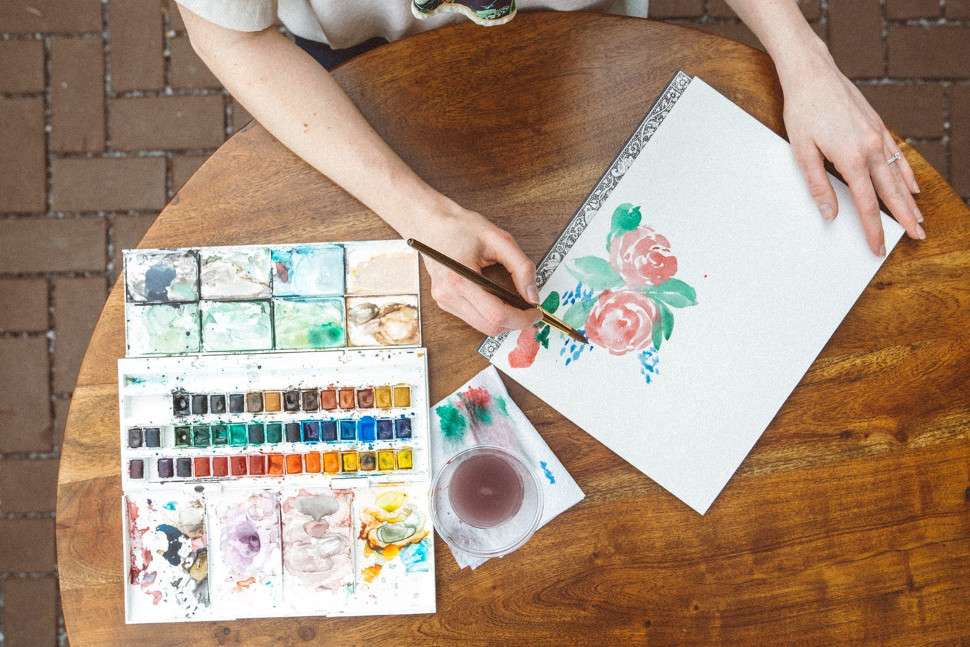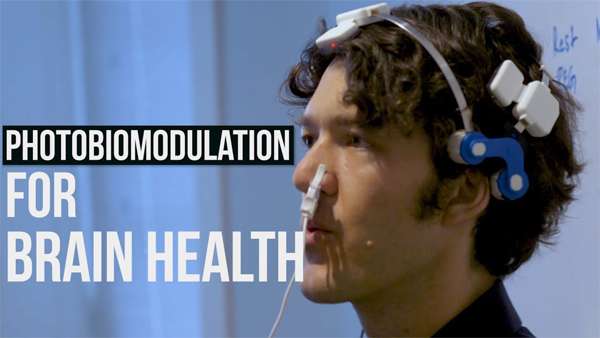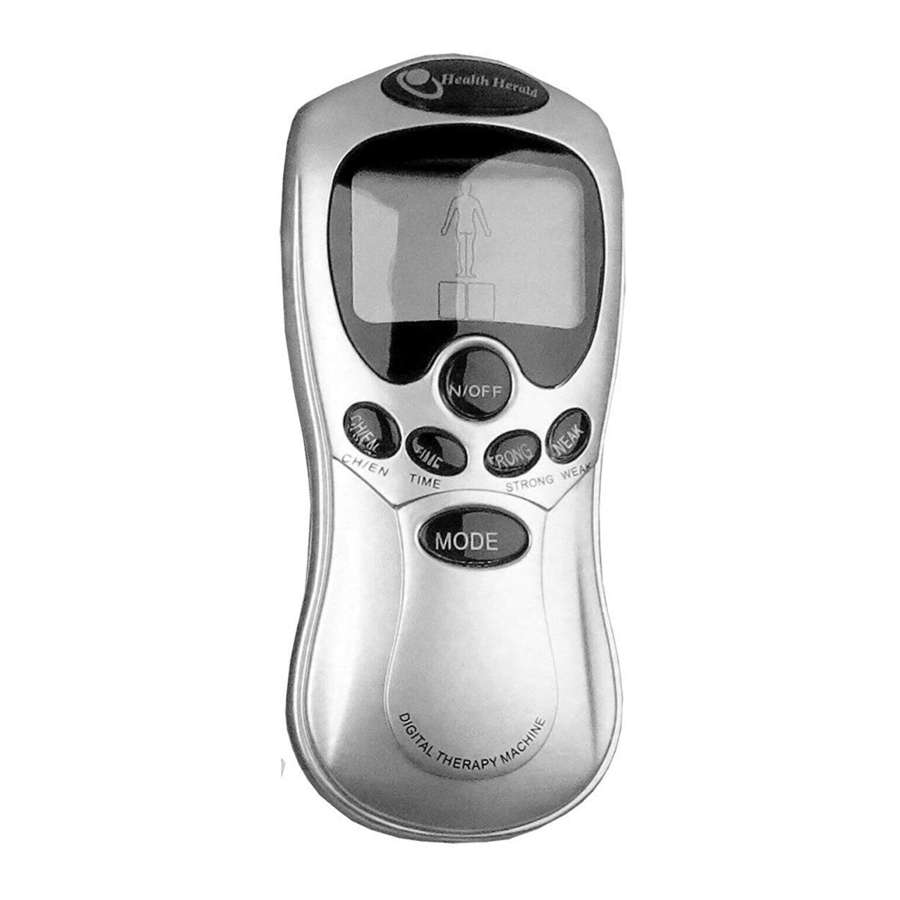Unbelievably rich watercolor swirls from your brush as you dip the bristles into clean, clear water. As you watch, you feel your racing heartbeat begin to slow and the raw edges of your panic begin to smooth themselves out. Acrylic paint gets under your fingernails and in the crevices of your palms as you mark the paper with childlike abandon. You take a deep breath, feeling truly safe for the first time in days. You revel in the comforting scratch of colored pencil on smooth drawing paper, and exhale gently as you watch the mandala come alive in vibrant hues. After feeling trapped for so long in the tight grip of anxiety, these moments feel so good. In your art therapy sessions, you discover a newfound sense of enjoyment, creativity, and calm.
Does art therapy work for anxiety? For many, the answer is yes. After over 70 years in practice, art therapy has been found by mental health professionals to be helpful in reducing symptoms of anxiety. From graduate students to cancer patients and from children to the elderly, individuals have seen significant and measurable improvements in their anxiety levels after participating in creative activities. However, it is not a substitute for psychotherapy or pharmacotherapies, and tends to work best in conjunction with other treatment methods—which is why clinicians often recommend art therapy as part of a larger comprehensive plan.
Panic disorder is a type of anxiety disorder that is characterized by persistent and frequently unexpected panic attacks. These attacks are marked by a mix of physical and cognitive symptoms, such as sweating, shaking, shortness of breath, and fearful thoughts.
Fearful perceptions about panic attacks can become so severe that you may develop avoidance behaviors. These avoidance behaviors develop into a separate and commonly co-occurring condition known as agoraphobia, which causes you to stay away from environments or situations that may trigger a panic attack.
Panic disorder is a treatable condition and there are several different treatment options. When considering therapy, most people envision traditional “talk therapy” or psychotherapy in which the qualified professional and client meet to discuss symptoms and develop goals. However, artistic endeavors also offer a form of therapeutic healing.
What Is Art Therapy?
Art therapy involves the use of art to promote health and wellness. The creative process is based on the belief that self-expression can help you resolve inner conflicts and problems, develop interpersonal skills, manage behavior, lessen stress, and increase your self-awareness.
The use of art therapy for mental health purposes originated during the 1950s when it was found that art-making could assist in healing and coping with symptoms. During the art therapy process, a trained specialist guides the client’s experience through the use of counseling techniques and different types of artistic expressions. Common art mediums used within the art therapy process include painting, drawing, sculpture, collage, and photography.
Art therapy does not require that a person has artistic experience or talent; even if you can’t draw at all, it can still be beneficial to you.
Art therapy can be used in conjunction with traditional individual therapy, group therapy, marriage and family therapy, and cognitive behavioral therapy techniques.
How Can Art Therapy Help With Panic and Anxiety?
Art therapy provides a way to gain insight and understanding through self-expression. The fears and other emotions that often accompany panic disorder can be hard to express through words alone, so the creative process of art therapy can help you tap into and express deep feelings.
Getting Started in Art Therapy
Engaging in creative endeavors on your own may be a great way to combat stress and practice self-care. But to get started in art therapy, you will need a qualified art therapist to help you in the healing process. Qualified art therapists are usually available in a variety of settings, including community agencies, private practices, hospitals, and clinics.
When you seek an art therapist, verify that he or she has additional experience working with people with panic disorder. Your current doctor or therapist may be able to refer you to a licensed art therapist. You can also check out the Art Therapy Credentials Board online directory where you can find a listing of available art therapists in your area.
Art therapy can be a useful supplement to your therapy but should not be viewed as the sole path to recovery.
Work with your therapist and healthcare providers to develop a comprehensive treatment plan for your panic disorder.
Specific art therapy exercises can help you cope with anxiety symptoms.
If you believe this creative therapeutic approach is for only “artsy” people, you may be surprised to find out that’s not the case. In fact, being rather unskillful in artistic expression may make this experience more fun and cathartic.
According to a systematic review of various studies, art therapy could positively affect people with mental health conditions, including anxiety, depression, and phobias.
What’s art therapy?
The American Art Therapy Association (AATA) defines it as “an integrative mental health and human services profession that enriches the lives of individuals, families, and communities through active art-making, creative process, applied psychological theory, and human experience within a psychotherapeutic relationship.”
Art therapy combines psychological therapy with art-making, such as painting, drawing, sculpting, and clay modeling, to help people manage stress and express themselves without verbal communication.
“Different studies and research [show] that when we engage in art-making, it helps the neurological system relax. Brain chemical levels will decrease and bring about relaxation for many people, which also helps the nervous system calm down,” says Margaret Carlock Russo, EdD, LCAT, ATR-BC, ATCS, president of the AATA.
“When a significant event happens in someone’s life, it’s hard to express your feelings. Art therapists have the ability to know what creative suggestion might help someone with a particular issue,” she adds.
Art therapists are credentialed mental health professionals who are licensed in some states. They are trained in psychotherapy and ways to use art media and creative processes to help people cope with mental health challenges.
Carlock Russo says art therapy is not only for “creative” or “artsy” people.
“In our society, art-making is understood as something that only certain people are able to do if they have talents. However, when it comes to art therapy, no experience is needed. Anyone can do it,” she says.
Engaging in art therapy is not about creating artwork that is aesthetically pleasing, she adds.
“Rather, it’s about the message in a piece [of art] and a story the person tells about that piece. We are not interested in helping someone become a better artist. We are interested in helping them express themselves utilizing graphic imagery or creative expression in some way,” explains Carlock Russo.
How can art therapy help with anxiety?
When people experience anxiety, they are overwhelmed with negative thoughts and worry.
The Anxiety and Depression Association of America (ADAA) defines generalized anxiety disorder (GAD) as the persistent and excessive worry about things that otherwise don’t appear to have a reason for concern.
When a person practices art expression during art therapy, the intention is to interrupt and distract them from ruminating thoughts or emotions that are overwhelming them.
“We get people to stop and focus on one thing. People can also do this with deep breathing and other strategies, but art-making can be an easy, accessible way to do this, too,” says Carlock Russo. “Art expression also provides sensory input in other ways because you are touching materials, and it also [initiates] the release of stress from the playfulness of it all.”
She says art therapy can also help with panic disorder in the same way. Also, in the event of a panic attack, art expression as a tool can serve as a distraction from feelings of panic.
“You can engage in doodling or coloring or collage, which may calm and distract you from the overwhelming focus of the panic attack,” Carlock Russo explains.
In fact, a Dutch randomized-controlled trial looked at the effectiveness of art therapy in females ages 18 to 65, diagnosed with generalized anxiety disorder, social anxiety disorder, or panic disorder, with moderate to severe anxiety symptoms.
The study found that art therapy had these benefits:
- reduction in anxiety symptoms
- increase in subjective quality of life
- improvement in accessibility of emotion regulation strategies
- long-term effects that were present during a 3-month follow-up
Art therapy exercises to try at home
Carlock Russo says the art therapy that occurs with a qualified art therapist may encourage you to delve deep into emotions. To experience the complete therapeutic effects of art, consider reaching out to a trained and credentialed art therapist.
However, she says the following exercises can provide immediate relief when feeling anxious and can be done on your own.
Embrace coloring books
Because coloring books set the expectation of what to color, Carlock Russo says many people are not intimidated by them.
“There’s an outline, and it’s controlled, so you don’t feel the anxiety of not knowing how to draw. Plus, they’re easy to carry around,” she says.
Make mandala art
Mandala artwork is made of circular objects and designs. The boundaries of the graphics can give a sense of control and calmness, says Carlock Russo.
“There is also something rhythmic about working in a circle. You can even draw your own circles without mandala art. In fact, I start a lot of sessions by having people draw circles on paper,” she says.
Write in a gratitude journal
To take a break from ruminating thoughts, consider writing down things and people you are thankful for.
Carlock Russo suggests writing stream of thoughts, structured ideas, or poetry, if you are inclined.
“Do what feels easy. The quality doesn’t matter,” she says.
Scribble on paper
The freedom of scribbling can take away the expectation of drawing something well. In a sense, how you scribble can resemble your emotions.
“If your lines are tangled on the paper, that could show nervous energy getting out or lack of focus. If you are pressing hard, maybe you are releasing energy or tensions you are feeling,” says Carlock Russo.
Create affirmation cards
Turn an old deck of cards or index cards into intention cards. Start by covering one side with scraps of tissue paper, colored paper, stickers, or stamps. Then print out affirmations or write them at the top of the card with a marker.
“Write something positive to yourself. Even if it’s one word like ‘breath,’ or a short phrase like, ‘I am strong.’ These are great to leave around your house or carry with you,” says Carlock Russo.
Craft a peaceful collage
Making a collage of a place that makes you feel safe and at ease, like the beach or mountains, can help calm you at the moment.
“By creating it, you are bringing yourself to that place in a way and distracting yourself from all the anxiety,” explains Carlock Russo.
How is expressive arts therapy different than art therapy?
While expressive arts therapy and art therapy overlap, expressive arts use visual arts and other art forms like music, dance, and drama.
“Therapists trained in expressive arts might have someone create an image with a collage and then write a narrative about that image,” Carlock Russo says, “and then maybe use music to write a song about it, so working with the imagery and emotions of expressions of the person, but with a variety of creative ways.”
Let’s recap
Art therapy can help relieve anxiety symptoms by calming your nervous system and distracting you from ruminating thoughts. To find an art therapist near you, visit the American Art Therapy Association’s Art Therapist Locator.
The Anxiety and Depression Association of America has more information about therapy.



